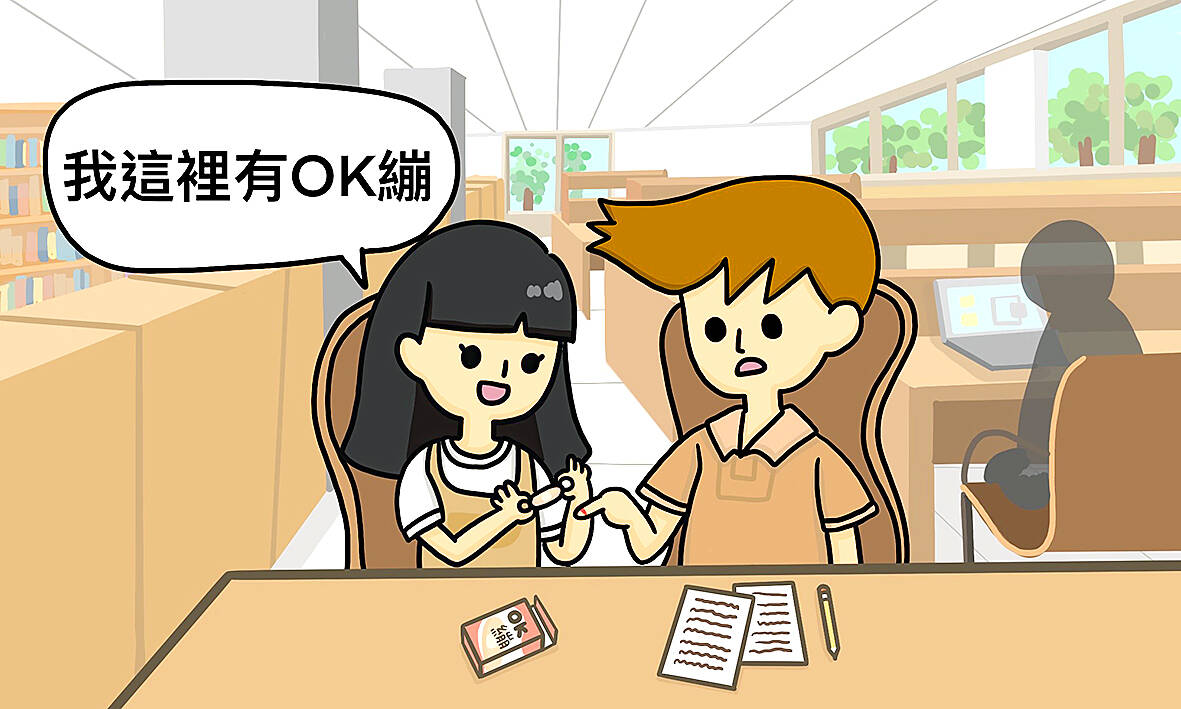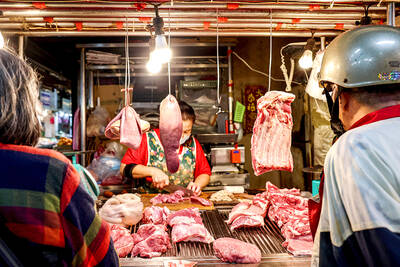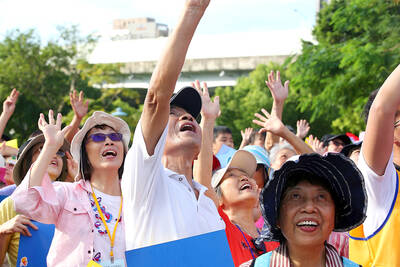對話 Dialogue
馬克:啊!好痛。
Mǎkè: A! Hǎo tòng.

小實:馬克,你怎麼了?
Xiǎoshí: Mǎkè, nǐ zěnme le?
馬克:我被這張紙割到手了,好痛。
Mǎkè: Wǒ bèi zhè zhāng zhǐ gēdào shǒu le, hǎo tòng.
小實:哇!流血了!來!我這裡有「OK繃」,趕快貼起來。
Xiǎoshí: Wa! Liúxiě le! Lái! Wǒ zhèlǐ yǒu “OK bēng”, gǎnkuài tiē qǐlái.
馬克:謝謝!你剛剛說這個東西中文叫什麼?
Mǎkè: Xièxie! Nǐ gānggāng shuō zhège dōngxi Zhōngwén jiào shénme?
小實:在臺灣,我們都叫它「OK繃」,你看!這樣貼起來就「OK」了!
Xiǎoshí: Zài Táiwān, wǒmen dōu jiào tā “OK bēng”, nǐ kàn! Zhèyàng tiē qǐlái jiù “OK” le!
馬克:好特別的名字,是因為這樣所以叫
「OK繃」嗎?
Mǎkè: Hǎo tèbié de míngzi, shì yīnwèi zhèyàng suǒyǐ jiào “OK bēng” ma?
小實:也有人說是因為以前在臺灣賣OK繃的牌子聽起來很像「OK」,所以流傳到現在的。
Xiǎoshí: Yě yǒurén shuō shì yīnwèi yǐqián zài Táiwān mài “OK bēng” de páizi tīng qǐlái hěnxiàng “OK”, suǒyǐ liúchuán dào xiànzài de.
馬克:好,那麼我以後受傷就知道要去藥局買「OK繃」了!
Mǎkè: Hǎo, nàme wǒ yǐhòu shòushāng jiù zhīdào yào qù yàojú mǎi “OK bēng” le!
翻譯 Translation
Mark: Ouch! That hurt.
Xiaoshi: Mark, what happened?
Mark: I got a paper cut, it really hurts.
Xiaoshi: Wow! You’re bleeding! Come, I have some “OK beng” band-aids, let me quickly stick one on for you.
Mark: Thank you! What did you just call this in Chinese?
Xiaoshi: In Taiwan, we call them “OK beng.” You stick one on, and everything’s OK!
Mark: What a special name. Is that the reason it is called “OK beng”?
Xiaoshi: Some people say it’s because the brand that sold band-aids in Taiwan sounded like “OK,” and the name spread.
Mark: Got it. If I get injured in the future, I will go to the pharmacy and buy some “OK beng”!
單字片語 Vocabulary
1. 割 (gē) to cut
2. 流血 (liúxiě) to bleed
3. OK繃 (OK bēng) band-aids, adhesive, bandage
4. 趕快 (gǎnkuài) in a hurry
5. 牌子 (páizi) brand
6. 流傳 (liúchuán) to spread
7. 受傷 (shòushāng) to get injured
8. 藥局 (yàojú) pharmacy
教材音檔 Audio Files
教材影片 Video Files:
https://www.instagram.com/celc.nou_tw/guide/_/17999106352646292/
實踐大學華語中心提供
By Shih Chien University Chinese Language Center: https://chineseusc.com/

Pigs that are resistant to a deadly viral disease have been created by scientists at Edinburgh’s Roslin Institute. The gene-edited animals remained healthy when exposed to classical swine fever (CSF), a highly contagious and often fatal disease. The virus was eradicated in the UK in 1966, but there have been several outbreaks since and it continues to pose a major threat to pig farming worldwide. “Classical swine fever is a devastating disease for livestock and farmers as we saw with the outbreak in the UK, 25 years ago,” said Helen Crooke, mammalian virology deputy leader at the Animal and Plant Health Agency

Have you ever seen a circular intersection where cars continuously flow in one direction around a central island? That is a “roundabout,” a well-known alternative to traditional intersections. Drivers enter and exit at different points without relying on traffic lights. Their primary purpose is to improve traffic flow and minimize the likelihood of high-speed collisions, particularly dangerous T-bone and head-on crashes. Roundabouts have existed and been implemented for over a century. In the 1960s, the modern roundabout emerged in the UK, with added rules for yielding. Unlike intersections with red lights, roundabouts allow vehicles to continue moving at a

The stress of a long workday was really weighing Sarah down, and she felt the urgent need to get away. The moment the thought of escape crossed her mind, her fingers flew to the keyboard and typed “travel destinations.” Later, while she was casually scrolling through her social media, she was met with a flood of travel ads. There were lots of options, such as a serene hideaway in Kyoto and a luxurious beach villa in Bali, each perfectly echoing her desire. This is the magic of the recommender system at work. Recommender systems offer personalized suggestions by tracking your digital

對話 Dialogue 清清:明天我想請一天假。 Qīngqing: Míngtiān wǒ xiǎng qǐng yì tiān jià. 華華:為什麼?這個月的假已經很多了,你還要請假啊? Huáhua: Wèishénme? Zhège yuè de jià yǐjīng hěn duō le, nǐ háiyào qǐngjià a? 清清:因為明天是農曆九月初九重陽節,重陽節是老人節,我想陪我阿公阿嬤去爬山,而且家裡也要拜祖先,請假比較方便。 Qīngqing: Yīnwèi míngtiān shì nónglì jiǔ yuè chū jiǔ Chóngyáng Jié, Chóngyáng Jié shì Lǎorén Jié, wǒ xiǎng péi wǒ āgōng āma qù páshān, érqiě jiālǐ yě yào bài zǔxiān, qǐng jià bǐjiào fāngbiàn. 華華:了解,是應該陪老人出去走走。阿公阿嬤應該會拿到政府發的紅包吧? Huáhua: Liǎojiě, shì yīnggāi péi lǎorén chūqù zǒuzǒu. Āgōng āma yīnggāi huì nádào zhèngfǔ fā de hóngbāo ba? 清清:有啊!65歲以上的長輩都會領到敬老金,只是每個縣市給的數字不太一樣,年紀越大,拿到的會越多喔! Qīngqing: Yǒu a! Liùshíwǔ suì yǐshàng de zhǎngbèi dōu huì lǐngdào jìnglǎojīn, zhǐshì měi gè xiànshì gěi de shùzì bútài yíyàng, érqiě niánjì yuè dà, ná dào de huì